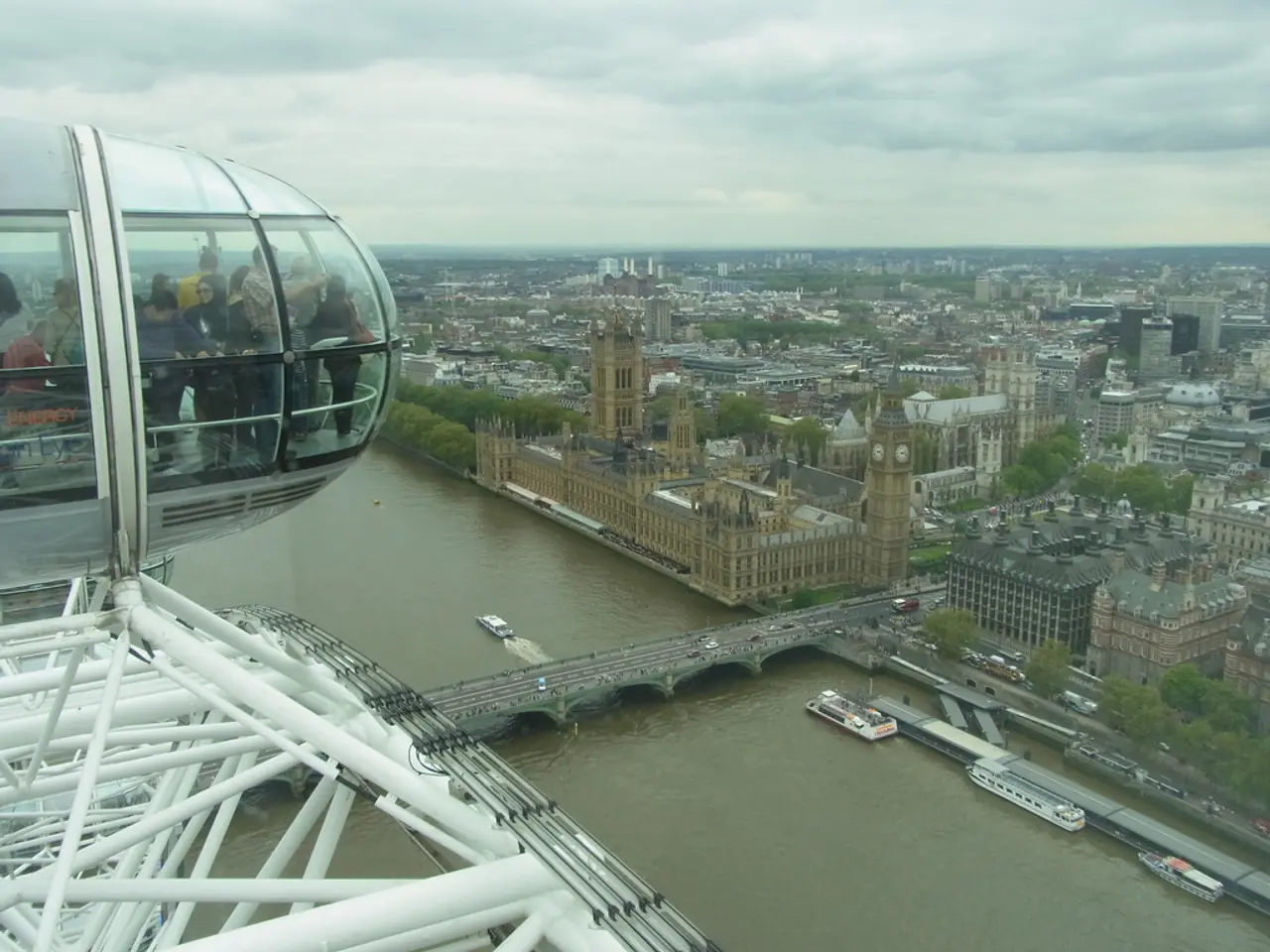Shocking Statistics Showcase the Severe Homelessness Problem in London
In the heart of one of the world's most vibrant cities, London, a troubling trend has emerged. According to a recent report published by the Combined Homelessness and Housing Information Network (CHAIN), more than 60,000 homelessness households are currently residing in temporary accommodation. This startling figure represents more than half of the total number of households affected by homelessness in England.
The report, which covers the period from April to June 2023, also reveals that 3,272 people slept rough on the streets of London during this period, marking a 12% increase compared to the same period the previous year. The borough of Westminster, known for its iconic landmarks, has the highest number of rough sleepers in London.
Among the rough sleepers, more than a third were classified as intermittent rough sleepers, meaning they spent only one night rough sleeping. However, more concerning is the fact that over 400 people (12% of the total) were deemed to be living on the streets from night to night.
Homeless Link's research, included in the report, calls for the government to ring-fence and increase long-term revenue funding for supported housing. The funding should ensure spending at least matches the £1.6bn per year allocated to local authorities in England in 2010.
Providers working in homelessness are under pressure due to inflation, increased demand, and long-term cuts to local authority budgets. As a result, 92% of providers are concerned that the cost of living will affect their ability to maintain service and support standards.
Alicia Walker, head of policy, research, and campaign at youth homeless charity Centrepoint, criticized the actions taken since the 2019 promise to end rough sleeping as more than 'sporadic policy announcements and piecemeal funding'. She also stated that despite falling inflation, young people are still struggling with the cost of living and calling Centrepoint's helpline.
While the number of rough sleepers in Westminster has been decreasing over the last 10 years, the overall situation in London remains dire. The report did not specify the number of homeless people living in London with a fixed address during this period, but it is clear that London continues to be the region with the highest number of homeless people.
This is the largest figure over the past decade not affected by the Covid pandemic, highlighting the ongoing struggle against homelessness in London. It is hoped that the findings of this report will prompt action from policymakers to address this pressing issue and ensure the well-being of those most in need.
Read also:
- visionary women of WearCheck spearheading technological advancements and catalyzing transformations
- Recognition of Exceptional Patient Care: Top Staff Honored by Medical Center Board
- A continuous command instructing an entity to halts all actions, repeated numerous times.
- Oxidative Stress in Sperm Abnormalities: Impact of Reactive Oxygen Species (ROS) on Sperm Harm








